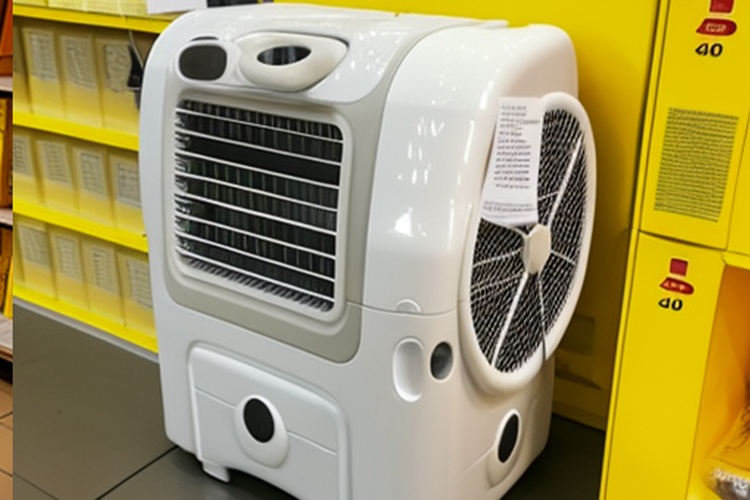How to Keep Your Home Cool with a Portable Air Conditioner
When temperatures soar, a portable air conditioner can be your perfect cooling solution, offering flexibility and efficiency without permanent installation requirements. These versatile units provide targeted cooling where you need it most, making them ideal for apartments, rental properties, or supplemental cooling in specific rooms of your home.

What Is a Portable Air Conditioner and How Does It Work?
A portable air conditioner operates by drawing warm air from your room, cooling it through a refrigeration cycle, and releasing the cool air back into your space. The unit removes humidity from the air during this process and expels hot air outside through an exhaust hose that typically connects to a window. Most models feature wheels for easy mobility and require only a power outlet and window access for operation.
Advantages and Drawbacks of Portable Air Conditioners
Portable ACs offer several benefits, including easy installation, mobility between rooms, and no permanent modifications to your home. They’re perfect for renters or those seeking temporary cooling solutions. However, they do have limitations, such as taking up floor space, potentially higher energy consumption compared to central air systems, and the need for proper ventilation through a window or wall opening.
Latest Trends in Portable AC Technology
Modern portable air conditioners incorporate smart features like WiFi connectivity, allowing remote operation through smartphone apps. Energy efficiency improvements include dual-hose systems for better cooling performance and inverter technology for precise temperature control. Some newer models also feature air purification capabilities and dehumidification functions, making them multi-purpose appliances.
How to Choose the Right Portable AC
Selecting the appropriate portable AC requires considering several factors:
-
Room size (BTU capacity should match square footage)
-
Energy efficiency rating (EER)
-
Noise level (measured in decibels)
-
Drainage options (self-evaporating vs. manual drainage)
-
Portability features (weight and wheel design)
-
Additional features (timer, remote control, smart capabilities)
Comparison of Popular Portable AC Models
| Model | BTU Rating | Key Features | Estimated Price |
|---|---|---|---|
| Whynter ARC-14S | 14,000 | Dual hose, Self-evaporating | $499-599 |
| Black+Decker BPACT14WT | 14,000 | Single hose, LED display | $399-449 |
| SereneLife SLPAC10 | 10,000 | WiFi enabled, App control | $349-399 |
| Honeywell HL14CES | 14,000 | Thermal overload protection | $449-549 |
Prices, rates, or cost estimates mentioned in this article are based on the latest available information but may change over time. Independent research is advised before making financial decisions.
For optimal cooling performance, consider proper placement of your portable AC unit, regular maintenance of filters, and ensuring adequate ventilation. Keep windows and doors closed in the cooled space, and position the unit away from direct sunlight and heat-generating appliances. With proper selection and use, a portable air conditioner can effectively maintain comfortable temperatures in your living space while providing the flexibility to move it where cooling is needed most.




